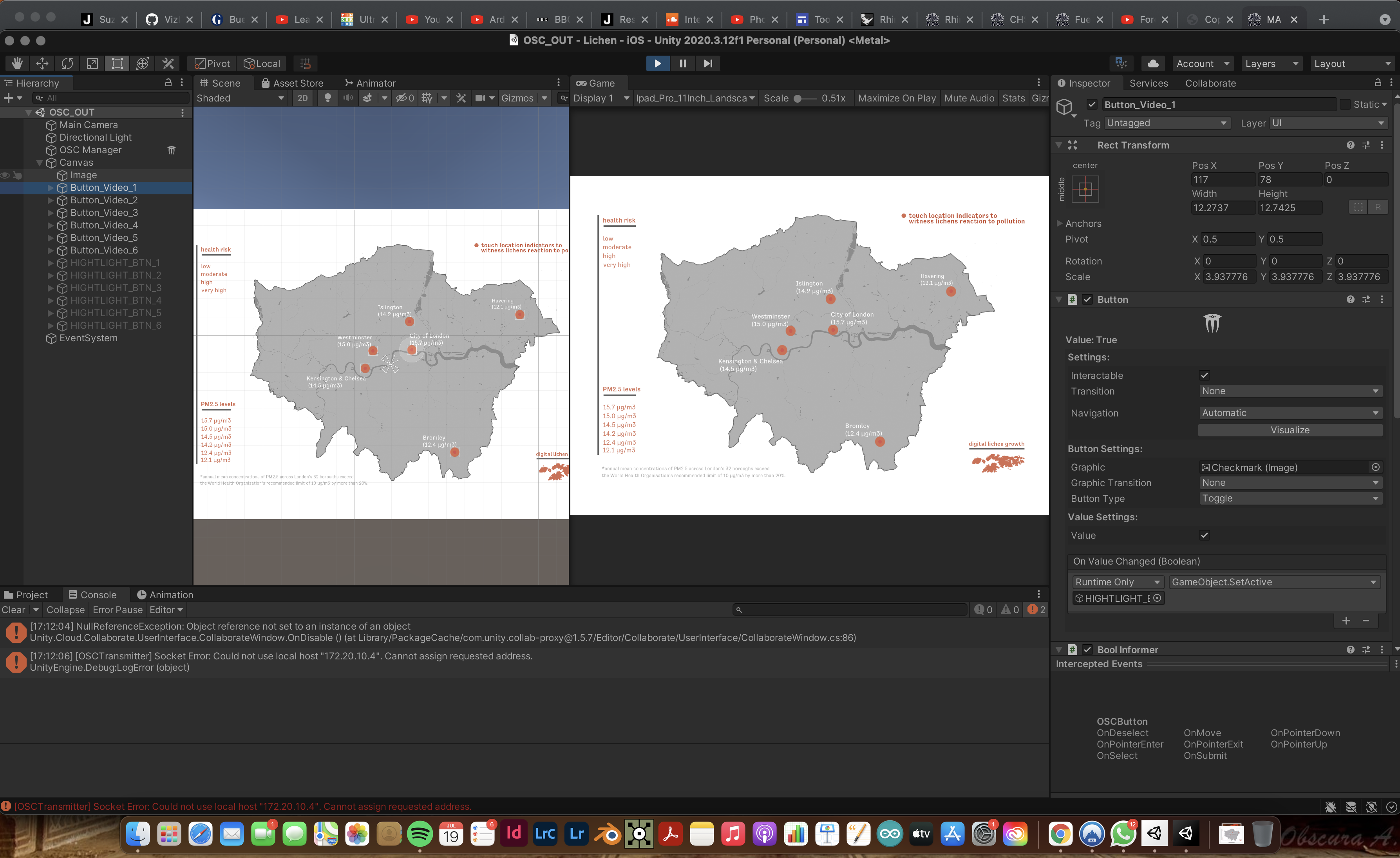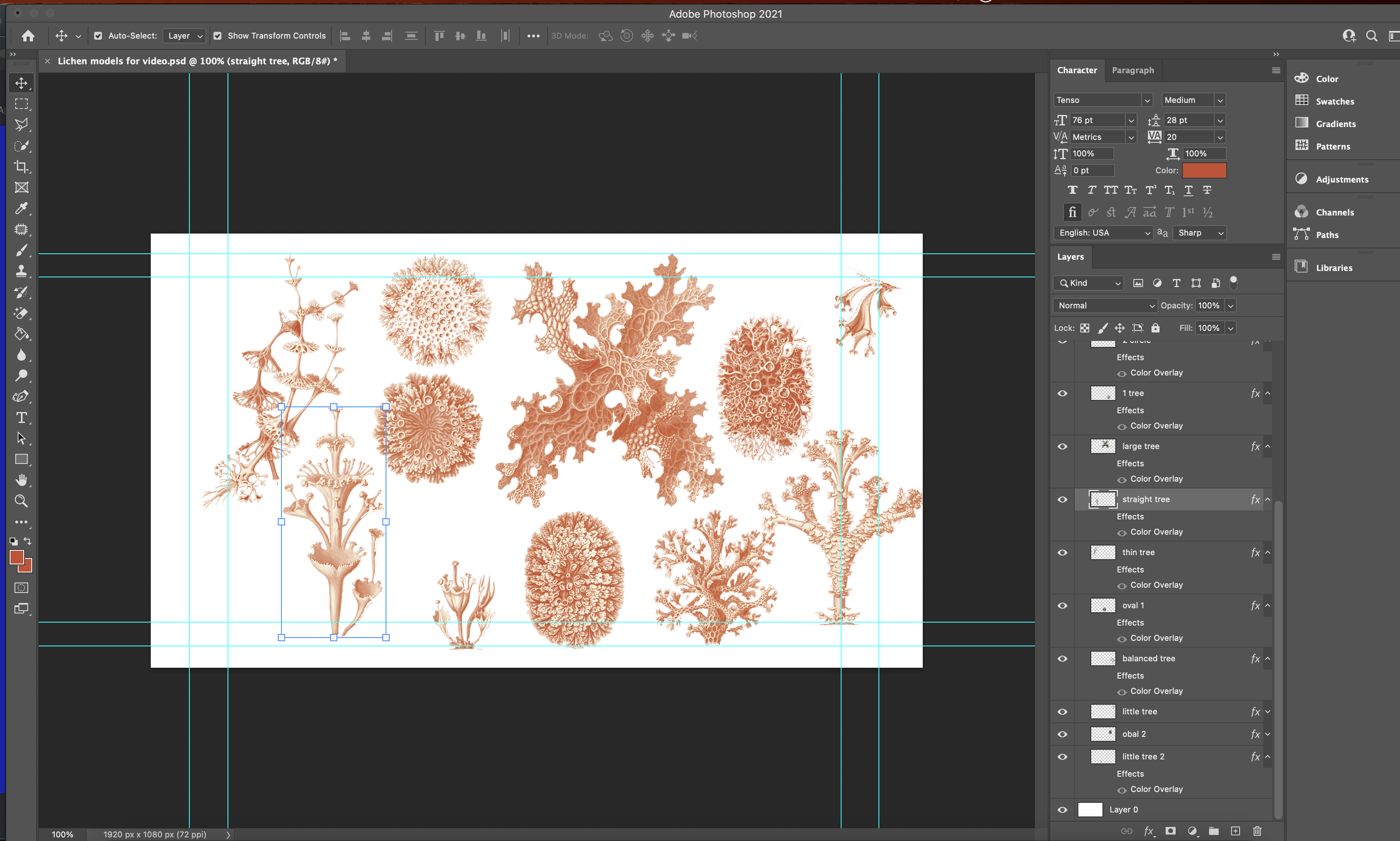Spatial Layout of the Virtual Frontera


Highly inspiered by Ronald Rael’s book which focuses on using architecture that divides and turn it into projects that bringing people together. Borderwall as Architecture is an artistic and intellectual examination of what the 650 miles of physical barrier that divides the United States of America from the United Mexican States is, and could be. It is both a protest against the wall and a projection about its future.

Political Equator
“The Political Equator is an iterative research and visualization project that links the most contested geographies and border conditions across the globe between the 30-38 degree north parallel. We believe these regions can learn from each other about civic, economic, and environmental interdependence.”
Both Laredos are at 28 north parallel, just below the political equator.
interactive map
Using unity (soc), photoshop, xcode, c4d and maddMapper we were able to create an reactive interaction wirelesly and location based which altered the shape of a 3d model digital lichen projected in the wall.

1. animated hot spots

2. unity (osc) to connect to madd mapper vie my iphone hot spot

3. connecting lichen 3d digital model (from unity app on ipad and via hot spot) to mad mapper to a projection output.
animating ernst haeckler lichen’s

As a fan of Ernst Haeckler’s illustrations I thought it would be something magical if i could animate them for our lichen project. I was aware that his work is creative commons so I didn’t think twice to use them.



1. drafts

2. individual animation in after effects

3. projection
lichen research

Dialogue & storyboard for the Fox of the Urban Night

Recreating a cemetery in Unity
We visited Nunhead Cemetery and used it as inspiration for our design using unity.

Foxes in mythology

In Japan, Kitsune no Yomieri or also know as the Fox wedding in Japanese culture only happen during sunshowers. The Celts from South England believed that witches turned themselves into foxes to steel butter from neighbour's houses, and the Red Fox, was an animal that carried a lot of symbolism. In the Finish mythology, Foxes represented the triumph of intelligence over evil and "brute strenght", since they were considered cunning and sometimes tricky, but never evil.
Frenquently, the people with those characteristics were compared to foxes in other parts of the world. [...]
In the mythology of native americans, the fox was a close partner of Coyotes. The people from Moche culture imagined foxes as warriors that only used their intelligence to win.
The Achomawi in what is now California, used to believe that foxes and coyotes where the creators of the world and in an Inuit legend it is told how the fox adopted the shape of a beautiful woman and through a well thought strategy she married a man just to abandon him after that.
AR Magazine user experience
Quick video showing user engaging with the AR iphone application and with the magazine. The user decodes the binary code back into her social media data revelaing her posts and social media engagements.
Take a look!
Augmented Reality Binary Magazine Tests


Anitmations


AR Unity tests
Obscura Binary
font
•Devloped a binary font for the ON/Off Magazine Project.
![]()
![]()
![]()
![]()




Newspaper Brain Food




• Morse code, Punched card recording medium, Binary numeral system, Baudot code and dot matrix printer for the TM cover design by Heinrich Fleischhacker (1975).

•Dot matrix by @FraguasMarina
Netflix’s Kingdom vs COVID Pandemic
![]()
Lessons about leadership during a pandemic.
Who would have thought that a zombie show set in Korea’s mid-Joseon period would have much resemblance to today’s COVID-19 Pandemic? But after watching its two seasons I realized that fantasy sometimes is closer to our current reality — minus humans turning into zombies, at least for now.
Few days after the World Health Organization (WHO) declared the mysterious COVID 19 as a pandemic, Netflix released season two of Kingdom. A perfect timing to increase the level of vividness to my already sweaty-infused-COVID-infected nightmares. The zombie drama portrayed how this mysterious infection turned humans into zombies and how politicians hid the truth from the public and dismissed warning signs allowing this disease to spread fast.
If you haven’t seen this brilliant and well-balanced show, you must. In short, without giving away too many spoilers, Lord Cho Hak-ju is the main antagonist along with his daughter the Second Queen Cho. Together they are power-hungry and use the Resurrection Plant on a desperate move to gain the throne. With the Resurrection Plant, they have turned the king into a zombie in order to hide the news of the monarch’s death until Queen Cho can give birth to an heir. They have another obstacle, the (main protagonist) current crown prince Chang — who will lose his right to the throne if Queen Cho gives birth. While those two are doing everything in their power to make sure prince Chang doesn’t get on the way of ultimate power, the infection is spreading and zombies are multiplying fast. So you ask, why is this relevant today during the pandemic?
Well, after paying close attention you will notice that in both — the show and in reality — there are two “novel” viruses and poor leadership that are more focused on gaining power rather than the well-being of their people. Here are a few quick examples:
In our reality, we have seen how in the United States the Trump administration hid the truth by downplaying its severity, lying about death tolls forecasting, casualties, action is taken, and even who gets and who doesn't.
DEATH COUNT IS CONTINUOUSLY GROWING AND SOME AMERICANS ARE SAYING THIS IS FAKE NEWS just as many Koreans ignoring the facts even when people are dead and coming back to their cities.
In conclusion, The cringing level of hypocrisy nowadays is as real as when Lord Cho Hak-Ju sabotaging the crown price into killing his own father (the king), while Lord Cho-Ju fake cries and accuses him of treason when we all know (the audience) that his father was already dead and turned zombie by Lord Chi Hak-Ju himself.
Resurrection plant can you come sooner? I need this to be over.
###
Goodbye, Boy from Troy
My Reflection on John Lewis’ Legacy
July 29, 2020, 5:40AM: On my way to the U.S. Capitol Building, driving without music and windows down in the empty streets of D.C., I was subconsciously preparing myself to pay my respects to Congressman John Lewis, or as Dr. Martin Luther King, Jr. called him, the Boy from Troy.
6:30AM: I arrived at the halls of Congress, where silence prevailed and the echo of my shoes hitting the marble floors announced my presence. As I walked to the Rotunda where he was Laying In State I noticed I was one of only four people there: two family members of Mr. Lewis, and a police officer guarding the casket. Just the night before, hundreds of people were making lines outside to pay their respects. This was the last time he would be in Congress.
For an hour and half, I sat down reflecting upon his life and mine. I remembered what the history books said about him, how he fought and almost lost his life fighting so people of color and of all backgrounds could have an equal opportunity to exercise their right to vote. I remembered my personal experiences with him. Exactly a year ago on this day we were in Ghana, his last trip abroad, and I returned to those memories now. The time our delegation got invited to the Ghanaian Parliament and the chamber had to be called to order after his honorable mention turned into 45 seconds of cheering and loud acknowledgements. The time I stood next to him at Dr. Kwame Nkrumah’s mausoleum looking through the black and white photos on the wall while he recalled stories of his meetings with some of those same presidents and revolutionaries Dr. Nkrumah was pictured with.
The memories of him interacting with people were the ones that truly spoke to me about the man he was. Always taking the time to talk to anyone who came up to him (which according to his staffers is why he was always late everywhere). He listened, and he made sure you felt like the most important person in the room. For me, that happened during the flight back to the U.S. from Ghana: after Speaker Pelosi asked me to share my story with everyone on board, he walked to my seat on the plane, put his hand on my shoulder, and told me how proud he was of me. He had no idea what that meant to me.
All who knew him understood his monumental legacy of non-violence, and also the essence of his humility. Mr. Lewis, like all of us, was not perfect but he never lost the essence of who he was: he was incorruptible, he was genuine, he was a good human who fought until his last breath to do the right thing.
July 30, 2020: I traveled with a large Congressional delegation to Atlanta, GA for Lewis’ funeral at the Historic Ebenezer Baptist Church, where his friends, family, and many politicians remembered and celebrated his life. President Obama shared that when he was inaugurated as President in 2008–2009, “[John Lewis] was one of the first people I greeted and hugged on that stand. And I told him, ‘This is your day too.’” The last time they spoke — following a virtual gathering with young activists, who had been helping to lead this summer’s demonstrations in the wake of George Floyd’s death — Obama told Lewis, “All those young people, John, of every race and every religion, from every background and gender and sexual orientation — John, those are your children. They learned from your example, even if they didn’t always know it.”
It wasn’t until hearing President Obama’s remarks that I realized I was one of those young people he was talking about. I felt lucky, I felt empowered. It was then I understood the depth of John Lewis’ legacy and the importance of his non-violent tactics. I now know that nothing is given, we all stand on the shoulders of people who fought and gave their lives so we could be one step closer to achieveing equality.
Rest in Power John Lewis.
###




“When you see something that is not right, not fair, not just, you have to speak up. You have to say something; you have to do something.”
-John Lewis






